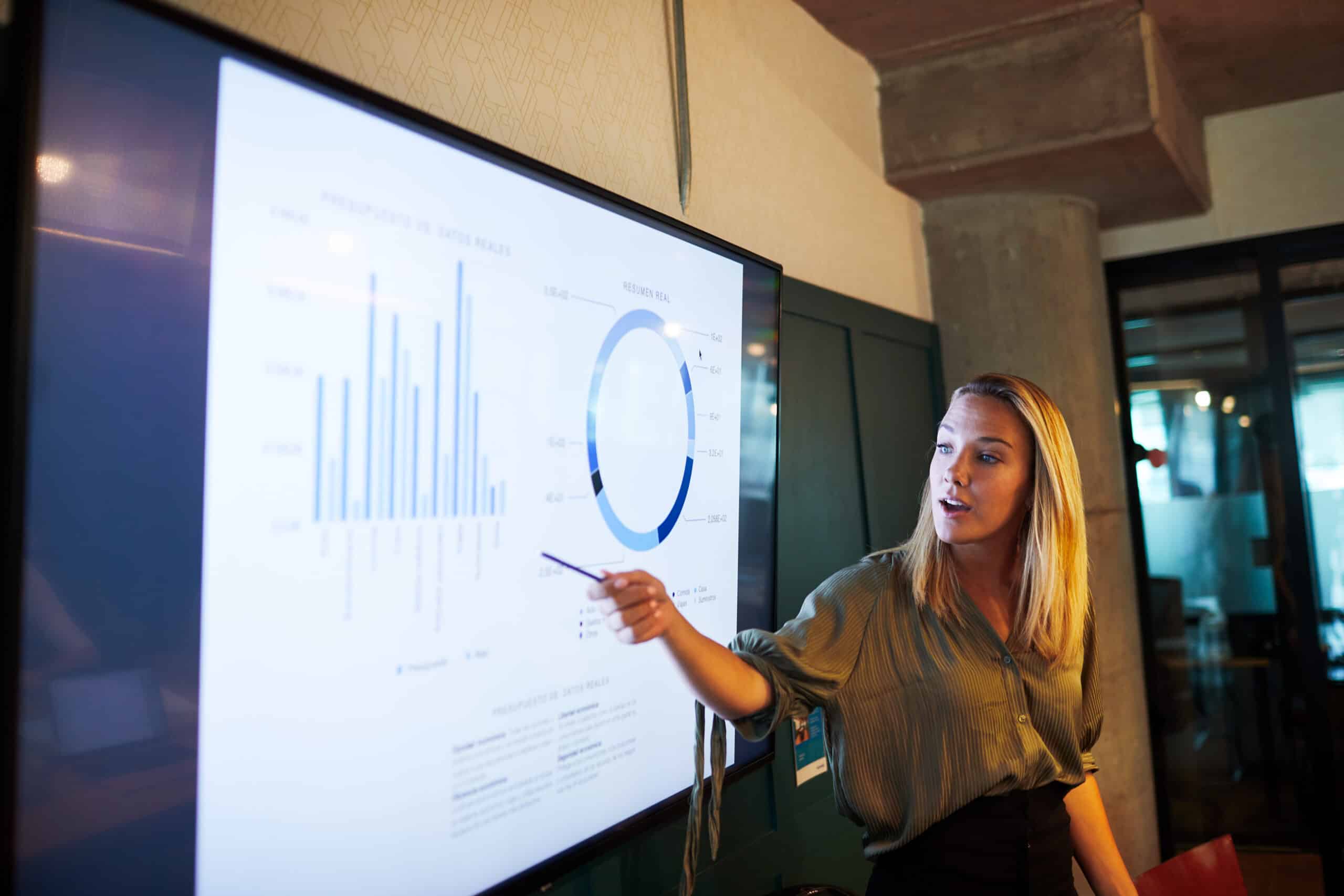Understanding Graph Databases
A graph database is a type of database that uses nodes and edges to represent and store data, allowing for the representation of complex and interconnected data structures. Graph databases are well-suited for applications that involve relationships between data, such as social networks, recommendation engines, and fraud detection systems, and offer advantages such as high performance, scalability, and real-time processing and analysis.

What is a Graph Database
A graph database is a type of database that uses a graph data model to represent and store data. In a graph database, data is represented as a collection of nodes and edges, where nodes represent entities such as people, places, or things, and edges represent the relationships between them.
The nodes and edges in a graph database can have properties, which are key-value pairs that provide additional information about the entities and relationships. Graph databases use a query language called graph query language (GQL) to retrieve and manipulate data.
What are nodes?
In a graph database, a node is a fundamental unit of data that represents an entity such as a person, place, or thing. Nodes are typically represented as circles or ovals in a graphical representation of a graph database.
Each node in a graph database has a unique identifier and can have properties, which are key-value pairs that provide additional information about the entity it represents. For example, a node representing a person might have properties such as name, age, and gender.
Nodes can also be connected to each other through edges, which represent the relationships between entities. For example, a person node might be connected to a place node representing the city they live in through an edge representing the “lives in” relationship.
Nodes and edges in a graph database are used to represent and store data in a way that is highly flexible and expressive, making them well-suited to applications that involve complex and interconnected data.
What are edges?
In a graph database, an edge is a fundamental component that represents a relationship between two nodes. Edges are typically represented as lines or arrows in a graphical representation of a graph database.
Each edge in a graph database has a unique identifier and can have properties, which are key-value pairs that provide additional information about the relationship it represents. For example, an edge representing a “friends with” relationship between two person nodes might have properties such as date of friendship and level of closeness.
What are properties?
In a graph database, properties are key-value pairs that provide additional information about nodes and edges. Each node and edge in a graph database can have one or more properties associated with it.
Properties are used to store data about the entities and relationships represented in the graph database. For example, a person node might have properties such as name, age, and gender, while an edge representing a “purchased” relationship between a person node and a product node might have properties such as date of purchase and purchase price.
Properties are typically represented as JSON objects in a graph database, with the property names serving as keys and the property values serving as values.
The use of properties in a graph database allows for the storage of additional information about entities and relationships beyond the basic structure of nodes and edges. This makes graph databases well-suited for applications that involve complex and interconnected data.

Graph Database Models
Graph database models are the ways in which data is organized and represented in a graph database. There are several types of graph database models, each of which uses a different approach to represent and store data:
- Property graph model: The property graph model is the most common type of graph database model. It uses nodes to represent entities and edges to represent relationships between entities. Both nodes and edges can have properties associated with them.
- Resource Description Framework (RDF) model: The RDF model is a graph database model that is used to represent semantic data. It uses a triple format to represent data, with subjects, predicates, and objects representing nodes, edges, and properties, respectively.
- Hypergraph model: The hypergraph model is a graph database model that allows edges to connect more than two nodes. This allows for more complex relationships to be represented in the graph database.
- Object-oriented model: The object-oriented model is a graph database model that represents data using object-oriented concepts such as classes and objects. Nodes represent objects, while edges represent relationships between objects.
- Multi-model model: The multi-model model is a graph database model that allows for the use of multiple models within a single graph database. This allows for greater flexibility in representing and storing different types of data.
Labeled property graphs
Labeled property graphs are a type of graph database model that extends the property graph model by adding labels to nodes and edges. Labels are used to group nodes and edges together based on common characteristics or properties.
In a labeled property graph, nodes are labeled with one or more labels, while edges are labeled with a single label. Labels are used to represent different types of entities and relationships in the graph database.
For example, a labeled property graph representing a social network might have labels such as “person” for nodes representing individuals, “company” for nodes representing organizations, and “friends” for edges representing friendships between people.
Labeled property graphs also allow for the use of indexes to improve query performance. Indexes can be created on specific labels or properties, allowing for faster retrieval of data.
The use of labeled property graphs provides a flexible and expressive way to represent and store data in a graph database, allowing for complex and interconnected data to be easily managed and analyzed.
Resource Description Framework (RDF) graphs
Resource Description Framework (RDF) graphs are a type of graph database model that is used to represent and store semantic data. In an RDF graph, data is represented using triples, which consist of a subject, predicate, and object.
The subject represents the node or entity being described, the predicate represents the relationship between the subject and the object, and the object represents another node or entity. For example, a triple might represent the relationship “John works for Acme Corporation”, with “John” as the subject, “works for” as the predicate, and “Acme Corporation” as the object.
RDF graphs are commonly used to represent and store data that is part of the Semantic Web, a framework for sharing data on the web in a standardized and machine-readable format. They are also used in other applications that require the management of semantic data, such as knowledge management and data integration.
RDF graphs can be queried using a query language called SPARQL, which allows users to retrieve and manipulate data in the graph database. Overall, RDF graphs provide a flexible and expressive way to represent and store semantic data in a graph database, allowing for easy management and analysis of complex and interconnected data.
Graph Databases vs. Relational Databases
Graph databases and relational databases are both used to store and manage data, but they differ in several ways:
- Data model: Relational databases use a table-based data model, where data is organized into tables with rows and columns. Graph databases use a graph-based data model, where data is represented as nodes and edges.
- Relationships: In a relational database, relationships between data are defined through foreign keys and join operations. In a graph database, relationships are represented directly as edges between nodes.
- Flexibility: Graph databases are more flexible than relational databases, allowing for the storage and management of highly interconnected and complex data. Relational databases are better suited for structured data with well-defined relationships.
- Querying: Graph databases use specialized graph query languages, such as Cypher and Gremlin, to query and manipulate data. Relational databases use SQL for querying and manipulating data.
- Performance: Graph databases are optimized for traversing relationships between nodes, making them faster than relational databases for certain types of queries, such as those involving complex joins or traversals of highly interconnected data.
Graph databases are well-suited for applications that involve complex and highly interconnected data, while relational databases are better suited for structured data with well-defined relationships.


What is a relational database?
A relational database is a type of database that uses a table-based data model to represent and store data. In a relational database, data is organized into tables, with each table consisting of rows and columns.
Each table in a relational database represents a single entity or concept, such as a customer, product, or order. The columns in the table represent the attributes or properties of the entity, while the rows represent individual instances or records of the entity.
Relationships between tables in a relational database are defined through foreign keys, which are used to link records in one table to records in another table. This allows for the storage and management of highly structured and well-defined data.
Relational databases are widely used in a variety of applications, including accounting, human resources, inventory management, and customer relationship management. They use a standardized query language called SQL (Structured Query Language) to retrieve and manipulate data.
Relational databases provide a reliable and well-established way to store and manage structured data, making them well-suited for applications that involve well-defined data structures and relationships.
How Graph Databases Work
Graph databases work by representing data as nodes and edges in a graph data model. Nodes represent entities such as people, places, or things, while edges represent the relationships between these entities.
Each node in a graph database has a unique identifier and can have one or more properties associated with it, such as name, age, or address. Edges also have unique identifiers and can have properties associated with them that provide additional information about the relationship they represent, such as strength, weight, or time.
Graph databases use a specialized query language, such as Cypher or Gremlin, to retrieve and manipulate data. These languages allow users to write queries that traverse the graph, following paths along nodes and edges to retrieve and manipulate data.
Graph databases can handle highly interconnected and complex data structures, making them well-suited for applications such as social networks, recommendation engines, and fraud detection systems. They can also be used for real-time processing and analysis of data.
Graph databases use specialized data storage and indexing techniques to optimize query performance, allowing for efficient retrieval and manipulation of large amounts of data. They can be deployed on-premises or in the cloud, and can be integrated with other database technologies to support a range of use cases.
Advantages of Graph Databases
Graph databases offer several advantages over other types of databases, including:
- Flexible and expressive data model: Graph databases allow for the representation of complex and interconnected data structures, making them well-suited for applications that involve relationships between data.
- High performance for complex queries: Graph databases are optimized for complex queries that involve traversing relationships between nodes, making them faster than other types of databases for certain types of queries.
- Scalability: Graph databases are highly scalable and can handle large amounts of data and complex data structures.
- Real-time processing and analysis: Graph databases can be used for real-time processing and analysis of data, making them ideal for applications that require fast and efficient processing.
- Easy data integration: Graph databases can be integrated with other types of databases and data sources, making it easy to incorporate them into existing data management and analysis systems.
- Improved data quality: Graph databases can help to improve data quality by providing a more complete and accurate view of relationships between data.


Examples of Graph Databases
There are several examples of graph databases available, including:
- Neo4j: Neo4j is one of the most popular graph databases and is used by organizations such as eBay, Walmart, and Cisco. It provides a scalable, high-performance graph database platform with a wide range of features.
- Amazon Neptune: Amazon Neptune is a fully-managed graph database service that is part of the Amazon Web Services (AWS) cloud platform. It is designed to be highly available, scalable, and secure.
- Microsoft Azure Cosmos DB: Azure Cosmos DB is a globally distributed, multi-model database service that supports graph databases along with other data models. It provides high performance and automatic scalability, along with a range of features such as global distribution and multi-master replication.
- JanusGraph: JanusGraph is an open-source graph database that is designed to be highly scalable and flexible. It can be used with a range of storage backends, including Apache Cassandra, Apache HBase, and Google Cloud Bigtable.
- OrientDB: OrientDB is a multi-model graph database that supports graph, document, key/value, and object models. It provides high performance and scalability, along with features such as multi-master replication and distributed transactions.
These graph databases are used by a wide range of organizations for a variety of applications, including social networks, recommendation engines, and fraud detection systems.
Learn how Reltio can help.
